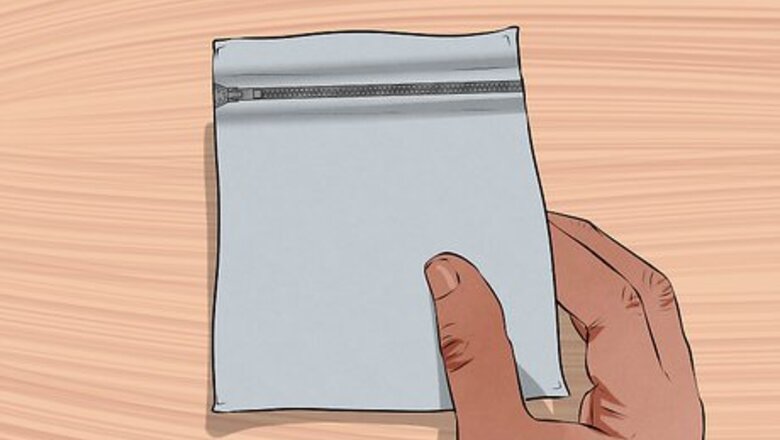
views
Cleaning Paper Money in the Washing Machine
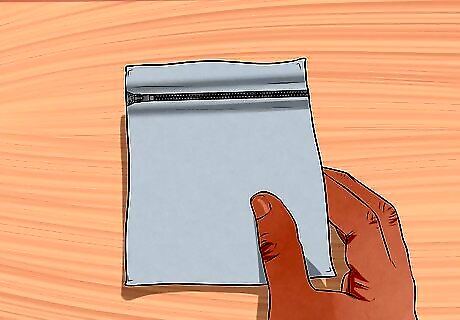
Repurpose a lingerie laundry bag. Take an old lingerie bag or buy a new one from the women’s section at any clothing store. You will use this to protect your paper money in the washing machine. Lingerie bags are small, zip-up bags made of fine mesh that are designed to safely wash delicate undergarments. The bag will keep heavy streams of water and the movements of the washing machine drum from destroying the bills. You may have discovered from experience that paper money will hold up through an accidental trip through the laundry. Dollar bills are constructed mostly of cotton and durable cellulose fibers, meaning that they can safely be cleaned in a washing machine under the right conditions. Lingerie bags and other mesh wash bags are cheap and can be purchased new in most places for less than $10.
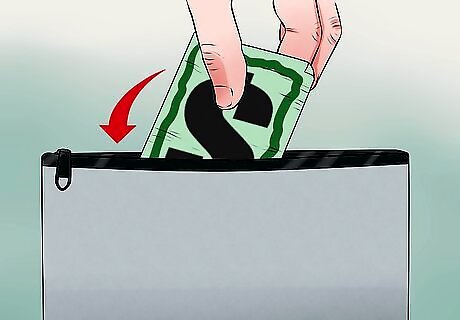
Place a few loose bills in the lingerie bag. Select the dirty bills that most need cleaning. Place these in the lingerie bag. Make sure all the bills are separated and laid out flat. It may be a good idea to put a folded hand towel or some other small washable item in the bag with the paper money to keep it from getting knocked around as much during the wash cycle. It is not advisable to wash all of your paper money this way, nor to clean large amounts at one time. You should only clean bills that are caked with enough dirt, grease or grime to become a possible health risk.

Wash the bills in cold water on a gentle cycle. Set the washing machine to a gentle wash cycle and turn it on. Place the lingerie bag containing the money in the washing machine as it fills. Add a very small amount of detergent to the load. Let the money complete the cycle in the wash. Stop the washing machine and take a look at the bills every now and then to make sure they aren’t tearing or coming apart in the wash. If the bills you’re cleaning are especially old or fragile, consider cutting off the wash cycle early to prevent possible damage.
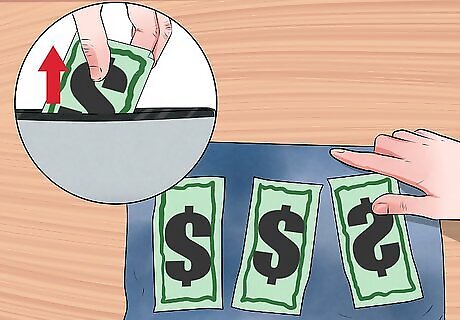
Lay the bills out to dry. Take the lingerie bag out of the washing machine. Remove the loose bills from the bag. Be very careful: the wet money will be delicate and very easily torn. Separate the bills and lay them out on a towel or other flat, dry surface. Let the bills dry completely before handling. Leaving the bills beneath a ceiling fan on a low setting will allow air to circulate around them, which can help dry them faster. Paper money should only be air-dried, just to be on the safe side. Never put loose bills through the dryer or use a hairdryer or other heat source to dry them.
Washing Coins with Soap and Water
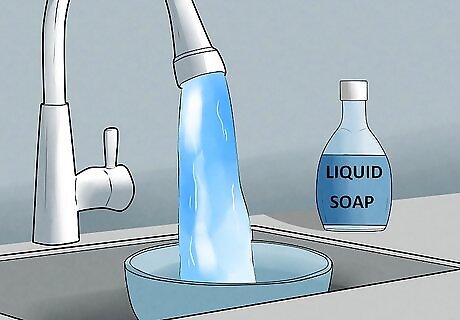
Fill a sink or basin with warm water and mix in a gentle soap. Run some warm water into a sink or shallow basin. Add a small amount of mild liquid soap to the water and make sure it’s evenly distributed to form a soapy solution. For the purpose of cleaning circulating currency that changes hands often, most standard dish or hand soaps will work. Mild soaps are preferable if you’re a collector or wish to preserve the condition of the coin. Most detergents contain abrasive elements that can wear away a coin’s detailing.
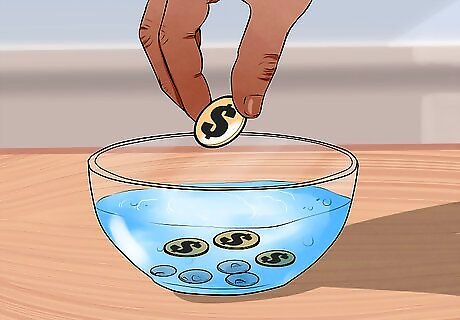
Soak the dirty coins in the soapy water. Place the dirty coins into the soapy water solution. Allow them to soak anywhere from ten minutes to half an hour, depending on how soiled they are. The warm water will loosen the caked-on dirt and grime, while the soap will kill bacteria and eat away at stains. You will be able to observe the water darken as the dirt soaks out of the coins. Yuck! Use a sponge, scrubber, or cue tip to lightly scour the outer surface of the coins after they’ve had a chance to soak for a while. Be sure to throw the scrubber away after using it to clean coins.
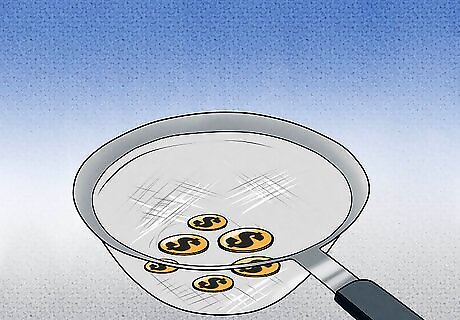
Rinse the coins thoroughly. Once the coins have had ample time to soak, drain the dirty water from the sink or basin. Then, transfer the coins to a kitchen strainer to rinse them, or simply hold them up to the faucet by hand. Run cool water over both faces of the coins until all traces of soap have been rinsed away. Failure to rinse the coins sufficiently can cause them to retain a thin coating of soap that dirt and grime can later stick to.

Set the coins on a towel to dry. Lay out an absorbent towel and place the coins on top. Pat the coins with one end of the towel to remove excess water, then let them air dry. In roughly ten minutes, the coins will be clean, dry, and ready to be handled without worry. Don’t allow water to stand on coins that have been washed and rinsed. The moisture can damage or discolor the metal, or even cause it to tarnish.
Cleaning Coins Using Acetone
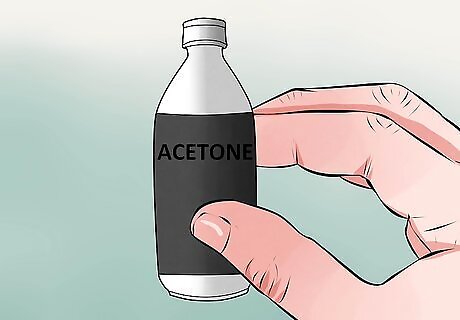
Purchase a bottle of pure acetone. Take a trip down to your local hardware store and buy a bottle of pure acetone. Make sure you get the industrial-grade variety. Cosmetic acetone, usually sold as nail polish remover, sometimes contains scents and other stripping chemicals that can ruin the finish of a coin. Acetone is useful not only for dissolving the grime built up on dirty coins, but because it acts to kill bacteria and disinfect.
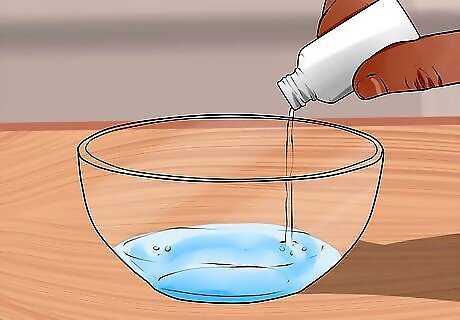
Pour a couple of ounces of acetone into an open container. Pour the acetone into a container with a wide opening. You won’t need to use a lot—only enough to submerge the coins when they’re laid flat. Acetone fumes can be detrimental to breathe, so make sure to work in a well-ventilated area. Do not inhale acetone fumes or allow them to get in your eyes. Perform the acetone bath outside, or work near an open window to let the fumes escape. Use a glass or ceramic container. Acetone can eat through plastic, styrofoam and other synthetic materials.
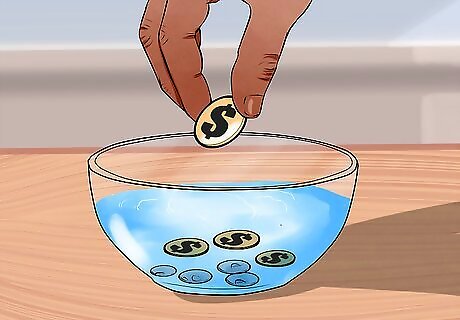
Soak the coins in the acetone briefly. Drop the coins you wish to clean into the bottom of the acetone-filled container. Acetone is a powerful solvent that’s perfect for dissolving all sorts of stuck-on messes. The coins will only need to soak for a minute or two to remove the worst of the grime. Direct exposure to acetone may cause irritation to the skin. Wear gloves to protect your hands when working with acetone. Move the coins around in the acetone periodically to shake off dissolving dirt.
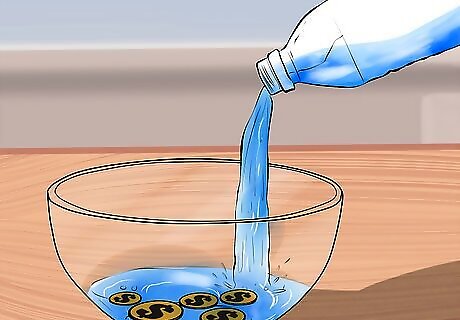
Rinse the coins with distilled water. Take the coins out of the acetone bath. Whisk them through the acetone one last time to remove any remaining loose dirt. Shake off the excess solvent. Then, transfer the coins to another receptacle containing pure distilled water. You can also pour the distilled water over both sides of the coins to rinse them. Blot the coins with a clean towel and leave them sitting out to dry. Distilled water should be used in place of tap water because it does not contain fluoride, chlorine, and other chemicals that might react negatively with the metals used to make the coins.















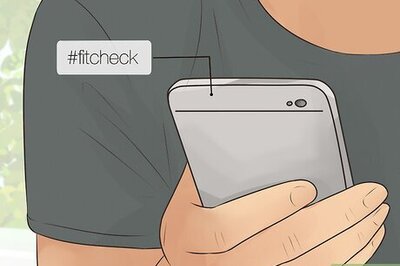

Comments
0 comment